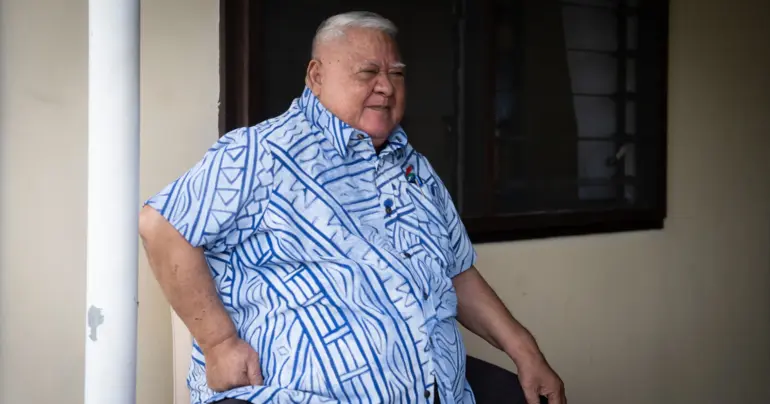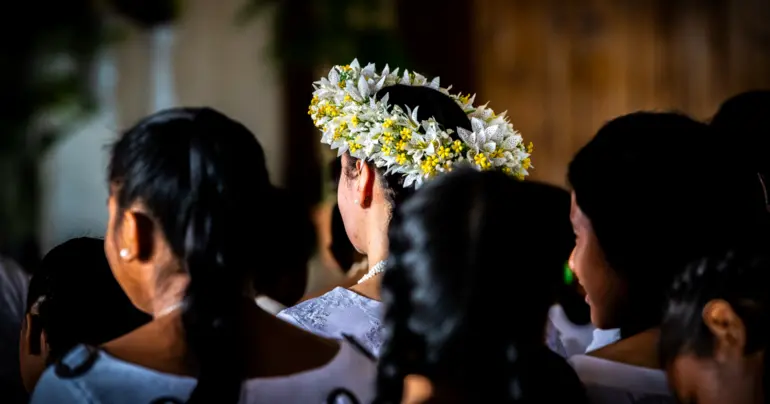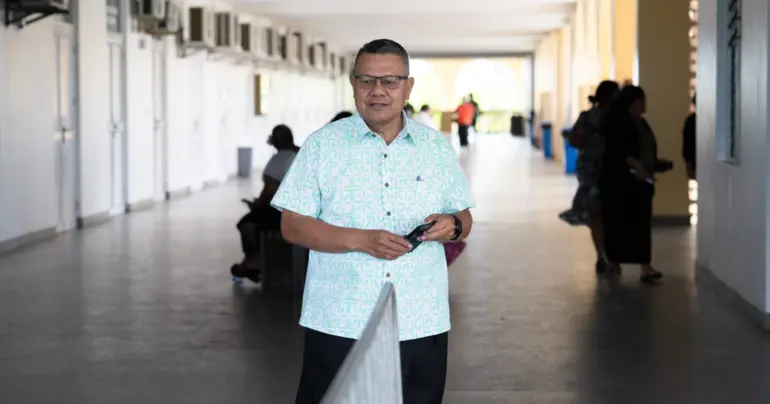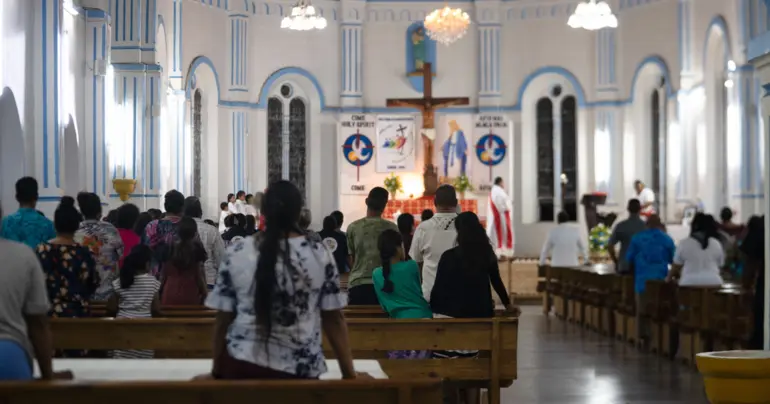Samoa can be conservation leader: environmentalist
 By Fuimaono Lumepa Hald
•
14 January 2022, 10:09PM
By Fuimaono Lumepa Hald
•
14 January 2022, 10:09PM
Samoa with its relatively intact tropical rainforest and other natural wonders on both Upolu and Savai’i islands could make it a world leader in conservation.
That is the view of the Samoa Conservation Society (S.C.S.) President James Atherton when discussing the potential of Samoa and how the conservation of its flora and fauna as well as geographical terrain could make it a world leader.
“We still have our mountains clothed in forests, our natural heritage is still relatively in good shape,” he told the Samoa Observer. “We have places like the Vanu River in Savai’i or a crater with 30,000 flying foxes in Lalomanu.
“We still have these amazing natural jewels and a chance to save it and to be a leader.
“We just need to get our act together.”
With over 30 years experience as an environmentalist, Mr Atherton said there are strategies and laws in place to address the country’s environmental perils and conservation needs, but the implementation phase is still problematic.
“We should not just wait till things deteriorate,” he said, before emphasising that the challenge is in people’s attitudes.
“Conservation may mean that people will just say we won’t touch anything.
“But the reality is people want a sign and they want training but the important work is free.
“It is in people’s behaviour.”
While it would not cost anything if people opt for conservation and don’t develop the land, Mr Atherton said the alternative, which could be eco-tourism or other types of conservation initiatives, would ultimately require funding.
“Another argument is if you want people to value something, they need to see it,” he said.
“I am all for seeing things to value them.
“The advantage in people seeing it is that they will value it more and will inspire them to become conservationists.
“I have always been an environmentalist – when I saw the Grand Canyon [in America] a few years ago in America, I was very amazed at how they protected this area in a very positive way and kept it for many years, maintained it and kept its unique beauty.”
Nevertheless, Mr Atherton sees value in opening up the Sili area and the country’s highest waterfall Sinaloa falls in Savai’i but ultimately it will cost money.
“Opening up these sites may reduce threats by managing them but we cannot do that without some money,” he said.
“Interestingly with COVID a lot of parks around the world are suffering.
“Some of the iconic national parks in the world are going bankrupt so it is about managing and doing it in the most sensitive ways that involves the community so that they value it and the infrastructure is done in a very smart way.
“So a little bit of tourism stops the poaching and helps to manage them, but doing it in a most sensitive way where the community takes ownership of it is also important.”
Using the Afu Aau waterfall in Savai’i as an example, Mr Atherton said there was poor infrastructure planning in terms of making it a tourist attraction.
“It was a beautiful quiet oasis till someone bulldozed a road right up to the waterfall years ago, which fortunately is now altered by the Samoa Tourism Authority,” he said.
“The current road requires people to park their cars further down before they walk up to the falls now.”
The U.S. state of Hawaii is known to be one of the first countries in the world to commission national parks and trails, which the S.C.S. President said it can also be done in Samoa.
“We can do that, we just need the expertise brought here and the money to do it.”
 By Fuimaono Lumepa Hald
•
14 January 2022, 10:09PM
By Fuimaono Lumepa Hald
•
14 January 2022, 10:09PM











